Average sizes and life expectancy for this breed:
The Japanese Shiba Inu is a national icon of Japan. They are an ancient and respected dog breed originally bred to hunt small birds and occasionally chase wild boar. These loyal dogs honour training, attention, and exercise with affection and devotion. They are beautiful, muscular canines boasting an alert fox-like face and a lush double coat. Japanese Shiba Inus have been popular in Japan since the third century. Now, they are quickly growing in popularity around the rest of the world, including in the US and the UK.
Japanese Shiba Inu dogs are known for their strong-willed personalities, small erect ears, and cat-like agility. With their prick ears, squinty eyes, and curly tails, this dog breed has the appearance of a fox or even a stuffed toy! Their vocalisations are also unique, choosing to yodel or purr rather than bark.
This dog breed is recognised as being courageous. The Japanese people have three words to describe the Shiba Inus mental traits: ryosei (good nature), kaani-i (spirited boldness), and soboku (alertness). When combined, these traits make up an intelligent and strong-willed canine companion that will suit more experienced dog owners.
See available puppies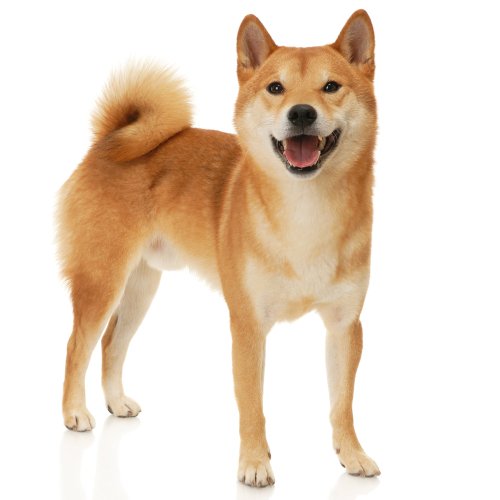

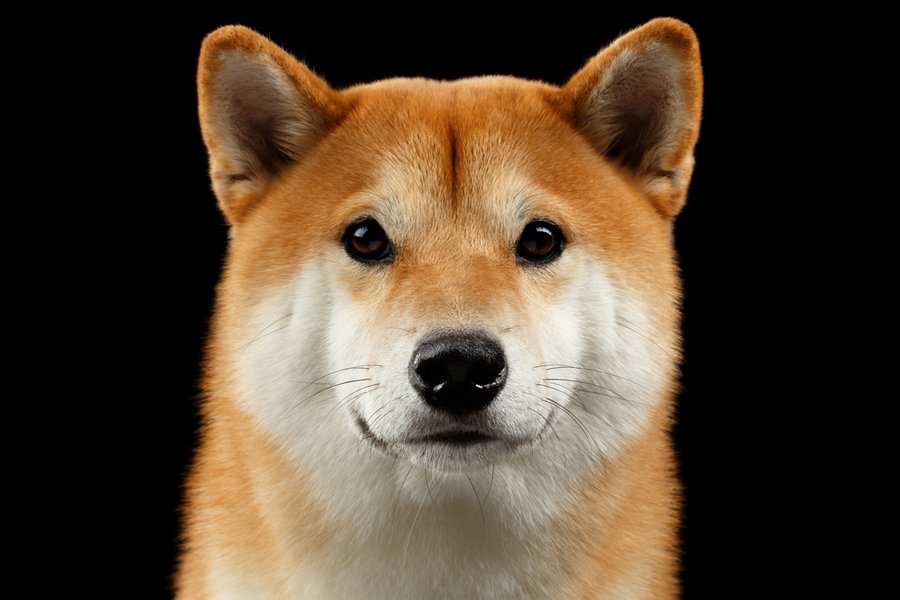


These ancient breeds’ ancestry can be dated back over 7,000 years. There are pieces of evidence found on pottery and terracotta pots of very similar-looking dogs dating back to the 3rd century BC. It is also believed that during 6000-7000 BC, immigrants took their dogs with them to Japan. It is a time when Jomon-Jin settled in the country in the 1400s BC. These beautiful dogs interbred with local dogs, resulting in spitz-type dogs with pointed, erect ears, and curly tails. But then again, their exact origin remains a mystery and buried in the mists of time.
The Shiba has three main types that are named after the regions in which they were first bred. These are the following:
While they all look similar, each of them contributed to the breed we see today. From these foundation breeds, six distinct dogs were developed, and one of these is the Shiba Inu.
The “Organisation to Preserve the Japanese Dog” was established in 1928 to save native breeds from disappearing altogether. That same year, the first dog show was held representing the organization, and it was a success. Sadly, at the start of World War II, the number of Japanese dog breeds declined, and this included the Shiba Inu. Luckily, numbers were restored when people found out that there were dogs safely living in the remote areas of Japan.
During the 1920s, the breed was finally called the Shiba Inu, and in 1936, these dogs were considered to be one of the country’s national treasures. Their numbers fell precariously low for the second time because of a severe distemper outbreak in the early 50s. But they were saved again by using two types of Shibas, one being a heavier, stockier-boned dog and the other being a longer-legged variety found in other regions of Japan.
Today, these loyal dogs are still one of the most popular and endearing dog breeds in Japan, both as family and companion pets. Because of their dedicated, fun-loving characters, combined with their charming appeal, they are also fast gaining popularity in the United Kingdom.

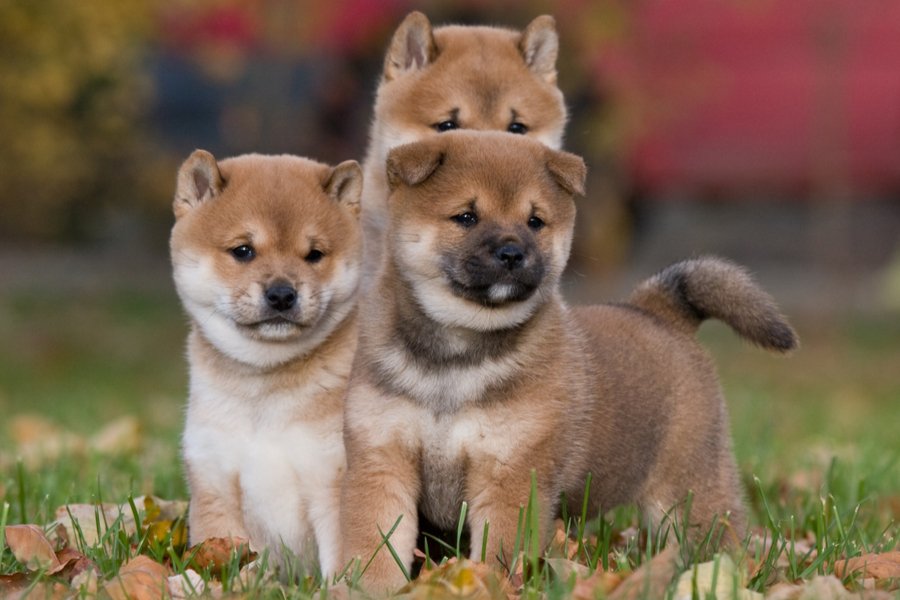
The Japanese Shiba Inu is one of the smallest Japanese dog breeds. These faithful dogs look like a smaller version of the Akita but somewhat longer than they are tall. These dogs have flat skulls that are broad, with well-muscled cheeks, a defined stop, and an attractive furrow. Their straight muzzles taper moderately to the nose. The nose and tight lips are black in colour, but there are white dogs with flesh-coloured noses that are accepted under the breed standard.
Their almond-shaped eyes are relatively small. They are set well apart on the face and dark brown in colour. The Shiba Inu’s triangular-shaped ears are small and carried pricked, pointing a little forward. They have strong jaws with a perfect scissor bite. Their moderately-long necks are somewhat arched, thick, and well-muscled.
This dog breed has moderately sloping shoulders and well-developed fore chests. Their front legs are strong and straight. Their withers are quite high and well-developed, with short loins and level backs. Shiba Inus have deep chests and moderately sprung ribs. Their bellies are well-tucked up, which adds to their athletic appearance. They have powerful back legs with long upper thighs and short but robust second thighs. Their feet are very cat-like with well-knuckled toes, firm pads, and strong dark nails. Their thick tails are set high and carried curled in the shape of a sickle.
The Japanese Shiba Inu’s double coat is straight, with a harsh outer coat and a much denser, softer undercoat. The hair on the tail is somewhat longer than the hair on the rest of the body.
Accepted coat colours according to the UK Kennel Club registration are
The Japanese Shiba Inu is known to be good-natured, attentive, and courageous. They are strong-minded and confident and often have their own ideas about things! Still, they are faithful, devoted, and loving to their families. But with strangers, they tend to be a bit wary. These dogs are very playful and love to be involved in everything you do. So, they are better in homes where someone is around for most of the day.
This dog breed does not share well. They tend to guard and protect because they have strong territorial instincts. This includes their food, toys, and home. If not trained or socialised from puppyhood, they can be aggressive towards other dogs. And they won't hesitate to hunt small animals that they consider prey. So, they are not the best choice for first time dog owners. But, if you are consistent with training, these dogs can be amazing, devoted canine companions that will offer you plenty of love and entertainment.
Unlike other dog breeds, the Shiba Inu doesn’t really bark much. Instead, they have a variety of unusual sounds such as yodels, purrs, and even a high-pitched scream when they get excited! These dogs are full of personality with a curious streak.
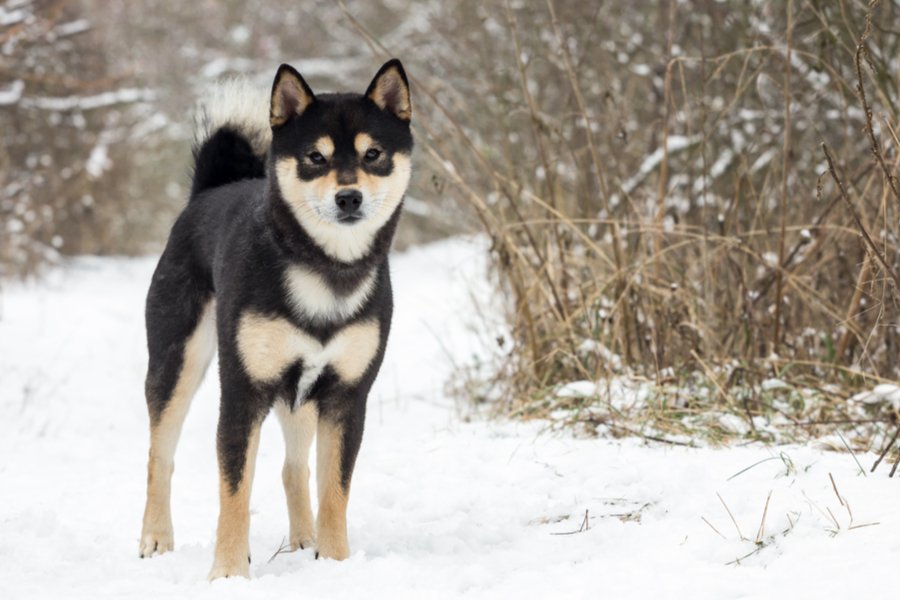
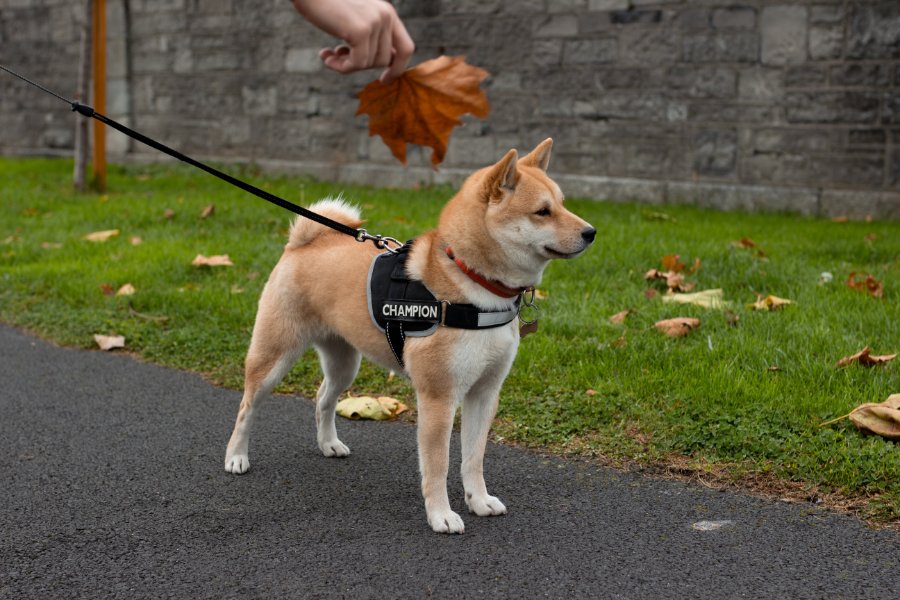
If there is one thing every Japanese Shiba Inu owner should know, this dog breed is not really considered reliable off-leash except if they are in a confined or controlled area. This is because of their strong predator instinct.
Because of their independence and stubborn streak, the Japanese Shiba Inu can be a bit of a challenge to train. However, they are very intelligent and eager to please, so with positive reinforcement and short, fun training sessions, you shouldn’t have much of a problem. Furthermore, it’s a good idea to train your dog in a quiet room to minimise distractions. Socialization and training must begin early to teach these independent dogs how to be obedient, well-rounded, and understand what is expected of them.
Make sure you give your Shiba Inu plenty of exercise and mental stimulation. Furthermore, you need to be consistent with commands and prioritise socialisation for best results. On the plus side, they are naturally clean animals that take to housetraining impressively well. Just ensure you start when they are young.
Japanese Shiba Inus shed a lot during the natural dog shedding seasons twice a year, in Spring and Autumn. But some dog owners joke that it can last for six months at a time with this breed. Fortunately, the Japanese Shiba Inu doesn’t matt too much, so a weekly brush is usually sufficient, as long as you purchase a brush that can get right down into the undercoat. Moreover, blow drying these dogs with a strong blow-dryer or a shop vacuum in reverse is a great way to remove loose hair, dandruff, and dirt. You can also inspect for fleas this way. Most canine companions adjust to like and enjoy the blower, as it feels good and doesn’t scrape the skin or pull at the coat. But, make sure you keep the nozzle at least a few inches away from the skin to prevent burns.
For their ears, make sure to clean them weekly using a vet-approved ear cleaner and a cotton wool ball or clean cloth. Only wipe the outer portions of the ears because if you push anything into the ear canal it can cause damage. If their ear’s outer part is dry, you can also apply baby or mineral oil as needed. These can be also used on a dry nose. Bear in mind that if your dog’s nose is dry for an extended period of time then this can indicate a health issue. In general terms, it should always be slightly damp.
Japanese Shiba Inus can object to nail trimming. So, it is best to start training from puppyhood to ensure compliance and prevent stress. You can also elicit the assistance of a professional groomer or your local vet if needed.
For their teeth, brush them at least twice a week to avoid the buildup of tartar and bacteria. To avert tooth and gum disease and bad breath, brushing their teeth daily is still the best option.
Moreover, you should get into the habit of checking the whole body over for any indications or symptoms of infection such as rashes, sores, swelling, tenderness, or redness. Your Shiba Inu’s eyes must be clear and without irritation or discharge.
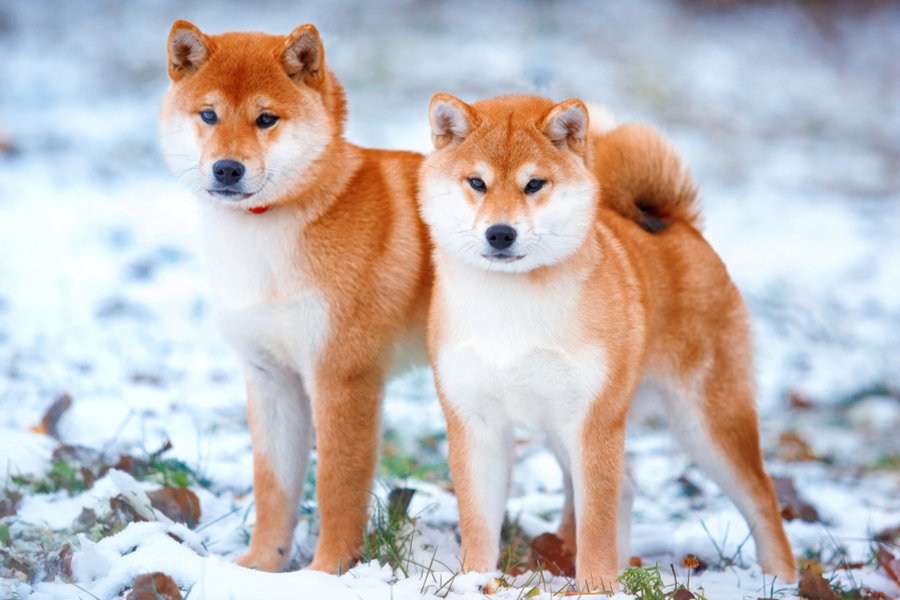
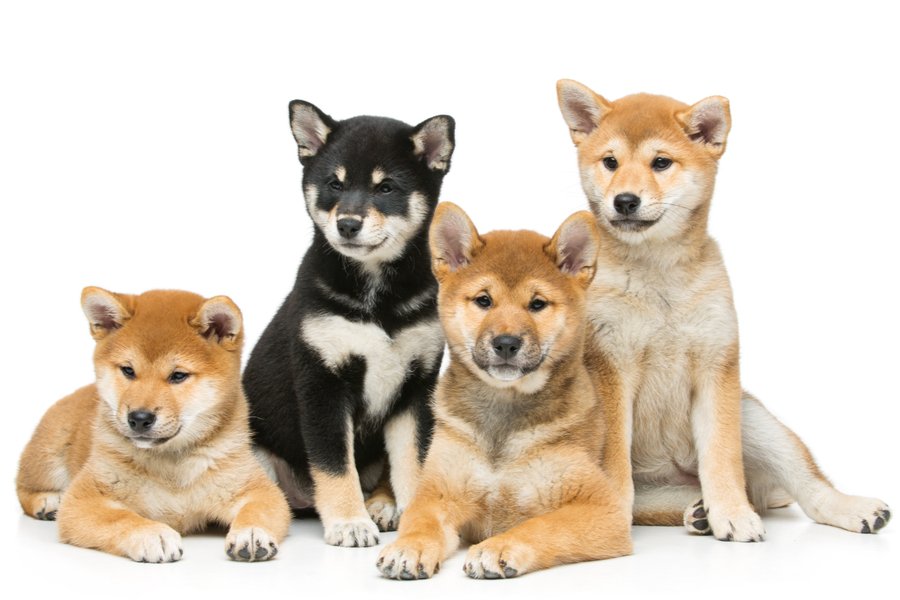
Japanese Shiba Inus are generally healthy dogs. Their life expectancy is between 12-15 years with proper care, exercise, and a high-quality diet. But like all dog breeds, they are prone to specific health conditions. So, make sure you purchase your new puppy from a licensed breeder who will be able to conduct DNA tests to identify any underlying health issues.
Some of the health concerns common in Japanese Shibu Inus include:
The Japanese Shiba Inu is known to be a good family dog, if they are raised appropriately and consistently training and socialised from puppyhood. However, they are still best suited to homes with older children who know how to treat a dog. They are known to be impatient with young children, especially if not socialised properly.
Early puppy training and socialization can go a long way in assisting the Japanese Shiba Inu to get along with other dogs and animals. However, always bear in mind that these dogs are naturally very territorial and have high predatory instincts. So, consider this at all times. Constant training and keeping them on a leash are the best ways to manage a Japanese Shiba Inu with other dogs and animals.
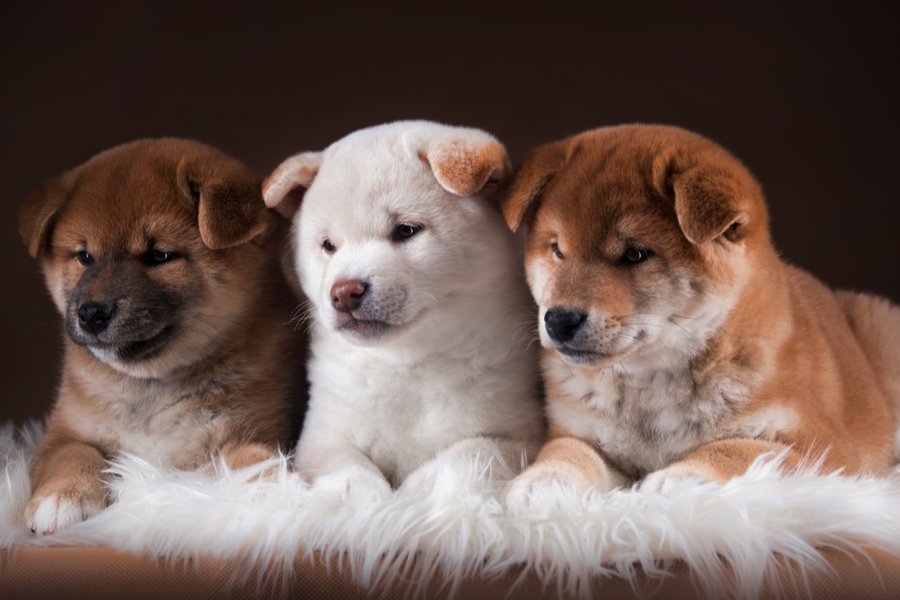
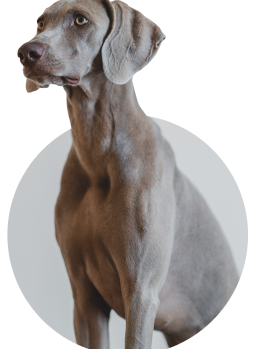
We can connect you with Breeders that are specialized in this particular breed.
See available puppies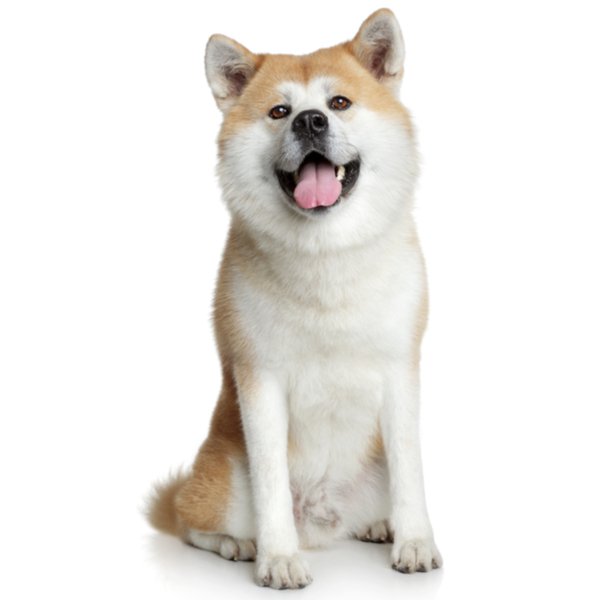
Japan
Size : Large
Coat : Short
Registration : KC, AKC, FCI
Exercise : 2 hour
Training : Time Consuming
Grooming : Twice a Week


Need some advice?
Whether you're a first time pet owner, an experienced pet owner, a new or long-time breeder, or just curious about pets, we've got you covered!
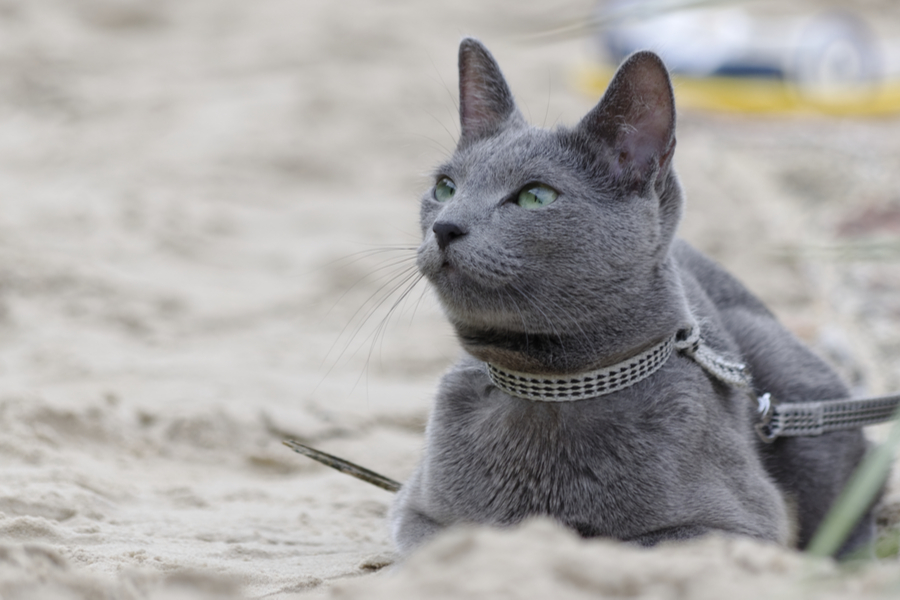
January 17, 2024
What Is The Personality Of Russian Blue Cats?
Russian Blue cats are most known for their distinctive shimmery blue-silver coat and piercing green eyes. However, this breed’s calm and gentle temperament is what makes them shine the most in the feline world.
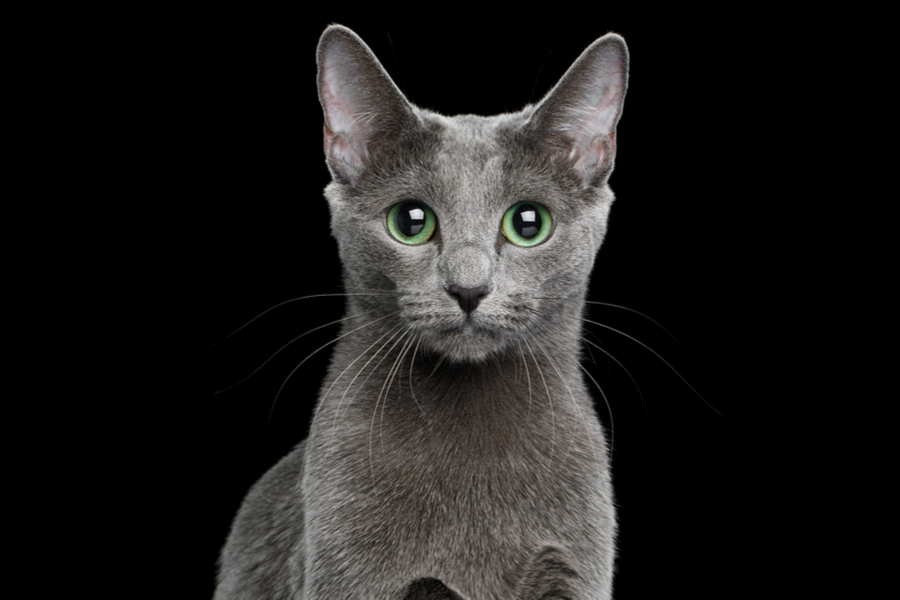
January 17, 2024
10 Facts About Russian Blue Cat Breed
Russian Blues are one of the most aesthetically stunning cat breeds, with a gorgeous plush silvery coat and vibrant green eyes. However, it’s not only their appearance that is beautiful; their nature is too.
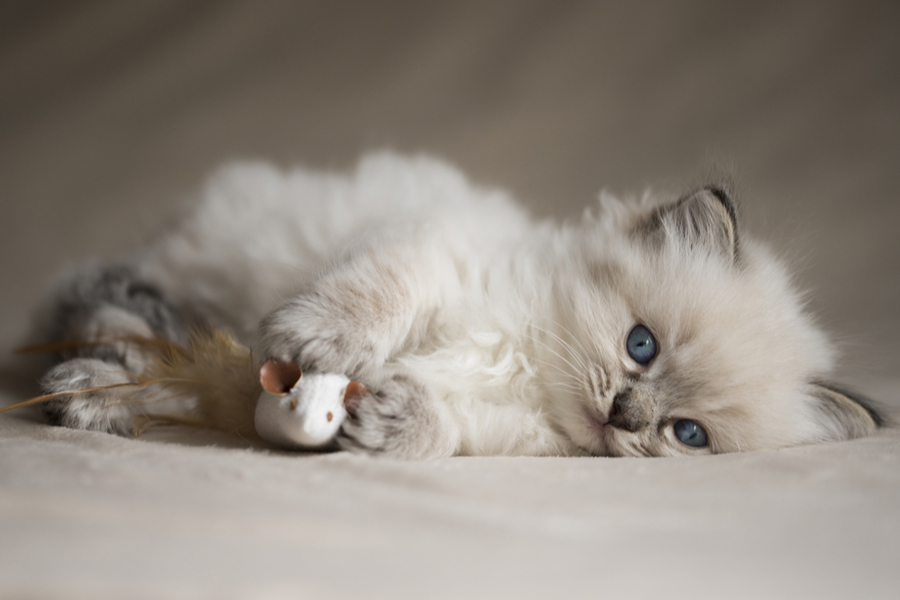
January 17, 2024
How To Choose The Right Cat Breed for You
Cats can make the most fantastic animal companions; they are adorable, friendly, and loving. However, not all felines are created equal. There are many different breeds, of which each has its unique personality traits.
Need some help?
Contact us to speak to our friendly advisor, who will gladly help you find your dream pet!



We are registered in England and Wales under registration number 12568840,
and our registered office is at 58-60 Kensington Church Street, W8 4DB London, England.
© 2023 The Pedigree Paws